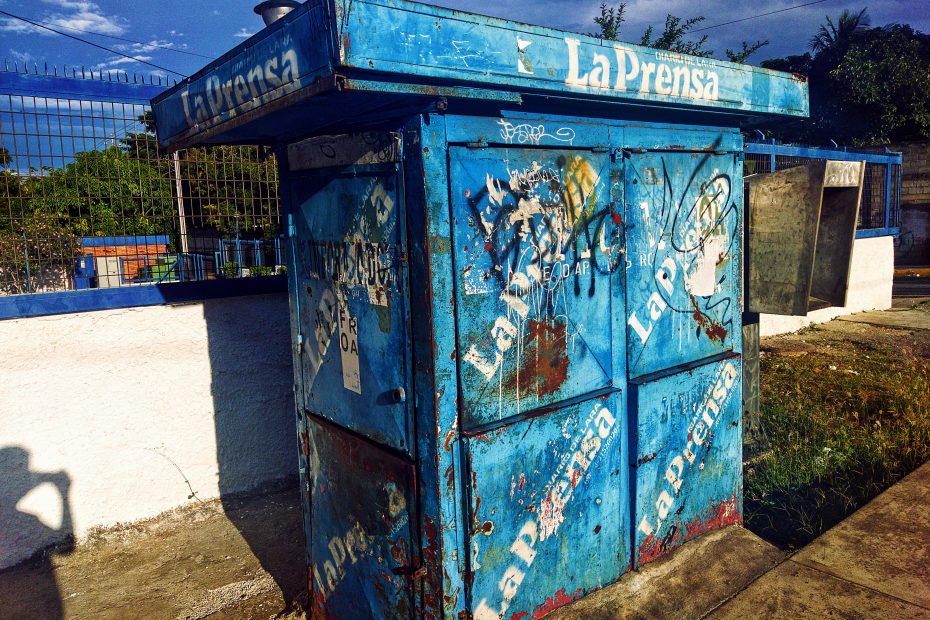Table of Contents
Introduction
Venezuela is a country with a vibrant culture shaped by its diverse indigenous peoples, Spanish colonial history, African influences, and contemporary trends. From its music and art to cuisine, festivals, and architecture, Venezuela has a rich cultural heritage that is an important part of its national identity. By exploring the origins and evolution of Venezuelan culture, we can better understand and appreciate this unique country.
Key Aspects of Venezuelan Culture
Music
Music is integral to Venezuelan culture, with many unique genres that reflect the country’s cultural diversity. The joropo genre blends Spanish, African, and indigenous influences in an upbeat style featuring harps, maracas, and four-string guitars. Salsa music is also popular, having evolved from Cuban styles. Rock, pop, hip hop, and other contemporary genres have strong followings, especially among Venezuelan youth.
Art
Indigenous Venezuelan cultures produced distinctive pottery, textiles, and sculptures before Spanish colonization. Folk art traditions continue in many communities today. Public art flourished in the 20th century, with impressive murals and mosaics in Caracas and other cities. Prominent Venezuelan artists like Armando Reverón, Cristóbal Rojas, and Arturo Michelena developed distinct national styles.
Literature
Venezuela has a strong literary tradition, including noted authors like Rómulo Gallegos. The magic realism movement, exemplified by Gabriel García Márquez, profoundly influenced Latin American literature. Contemporary authors such as Adriano González León, Ana Teresa Torres, and Slavko Zupcic have garnered international acclaim. Venezuelan writers excel at social commentary through fiction.
Architecture
Indigenous influences and Spanish colonial styles characterize much of Venezuela’s architecture. Brightly painted colonial buildings with terracotta roofs abound in cities like Coro and Ciudad Bolívar. In the 20th century, Caracas became a hotbed of modernist architecture, exemplified by structures like the Ciudad Universitaria and Parque Central complex. Other architectural landmarks include Ciudad Guayana and the Salto Angel skytram.
Cuisine
With culinary influences from Europe, Africa, and native cultures, Venezuelan cuisine is both savory and distinctive. Arepas (corn cakes), pabellón criollo (shredded beef with rice and beans), and cachapas (fresh corn pancakes) are national staples. Regional dishes include the hallacas of western Venezuela and the hervidos of Margarita Island. Venezuela produces rum and unique fruits that appear in delectable desserts and drinks.
Festivals and Events
Venezuelans celebrate many lively festivals and events. Carnival features colorful parades and costumes. Smaller festivals honor local patron saints and cultural traditions. Christmas parrandas involve house-to-house parties and fireworks. On public holidays, events like the Fishing Tournament in Choroní bring communities together.
Preserving Cultural Heritage
Government Efforts
The Venezuelan government has established various institutions and initiatives to study, protect, and promote cultural heritage. These include the National Institute of Culture and History, the National System of Museums, and laws like the Cultural Heritage Protection Act. However, political and economic crises have hampered preservation efforts.
Community Initiatives
Non-profits and grassroots groups organize events celebrating Venezuelan culture, from indigenous language programs to local arts festivals. These help sustain threatened folklife traditions. Some projects digitize cultural knowledge for future generations.
Tourism
Cultural tourism presents an avenue for economic development while sharing Venezuela’s heritage. Tour operators offer themed itineraries of architectural sites, indigenous communities, and places significant to artists and authors. Experiential travel makes visitors appreciate traditions on a deeper level.
Conclusion
Venezuela astonishes with the diversity of its cultural expressions, from the musical rhythms of the Caribbean coast to the soaring modern architecture of Caracas. Its indigenous, African, and European influences have blended into a national culture that Venezuelans are rightly proud of. By supporting cultural preservation initiatives and responsible tourism, we can help ensure Venezuela’s heritage endures for generations to come. Celebrating this culture enhances our shared humanity.
Frequently Asked Questions
What indigenous cultures have influenced Venezuelan heritage?
Groups like the Wayuu, Pemon, Warao, and Yanomami peoples contributed to Venezuelan culture before Spanish colonization. Their art, architecture, languages, and folklore remain part of Venezuela’s living heritage.
How has politics impacted cultural heritage in Venezuela?
Political and economic instability have reduced funding for preservation efforts. However, culture remains important to Venezuelan identity. Grassroots efforts help sustain threatened traditions.
What architectural styles characterize Venezuelan cities?
Spanish colonial architecture with terracotta roofs dominates historic city centers. Modernist architecture flourished in the 20th century, especially in Caracas. Contemporary architects blend modern and traditional designs.
What makes Venezuelan cuisine unique?
Staples like arepas and pabellón criollo blend indigenous and European influences. Tropical fruits and rum cocktail recipes reflect the Caribbean. Each region also boasts distinct dishes that represent local identity.
How can visitors experience Venezuelan culture responsibly?
Travelers should research cultural norms and learn key phrases in Spanish. Hiring local guides provides income and insights. Visitors should participate in traditions respectfully and support community cultural initiatives.
